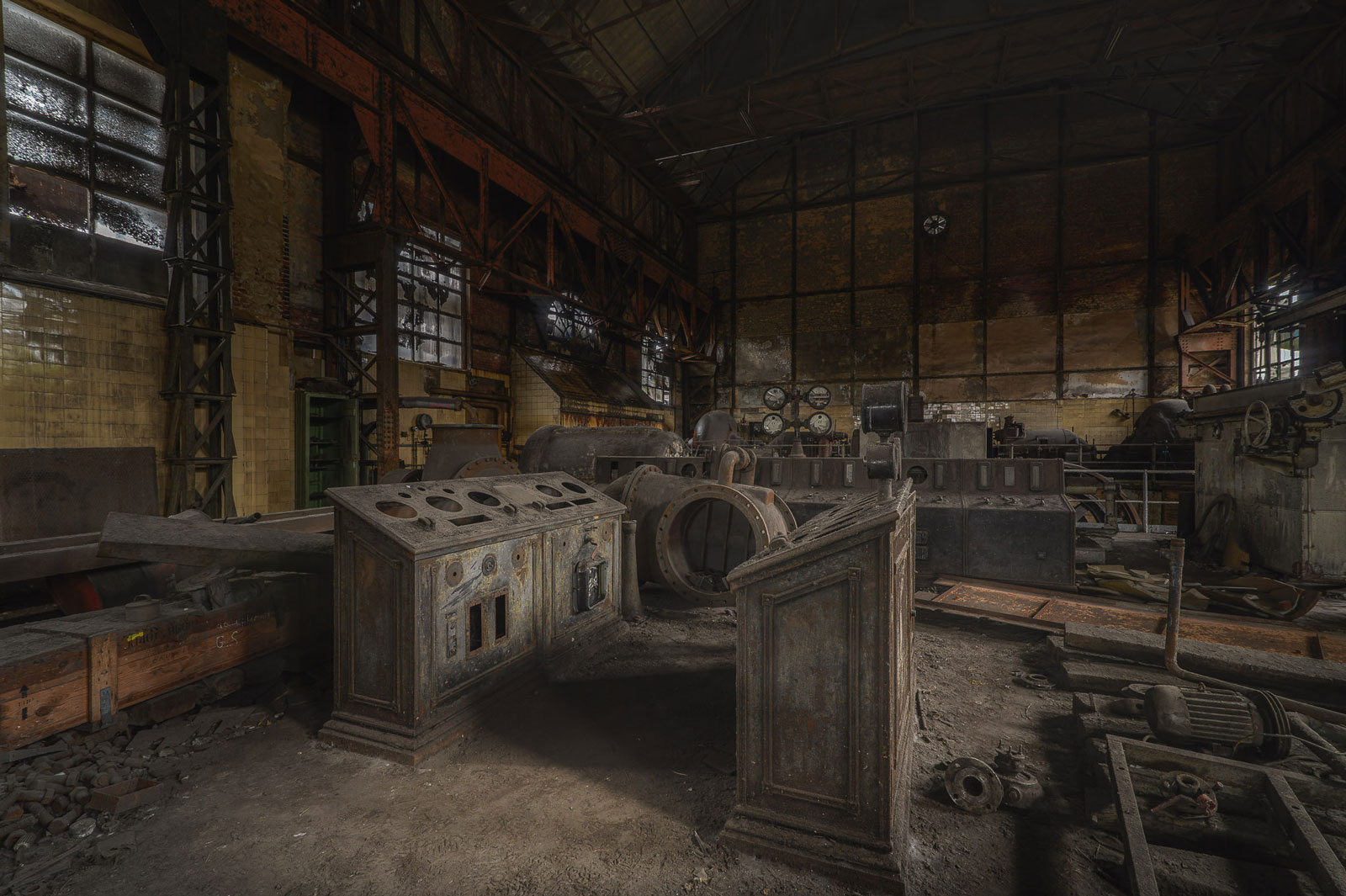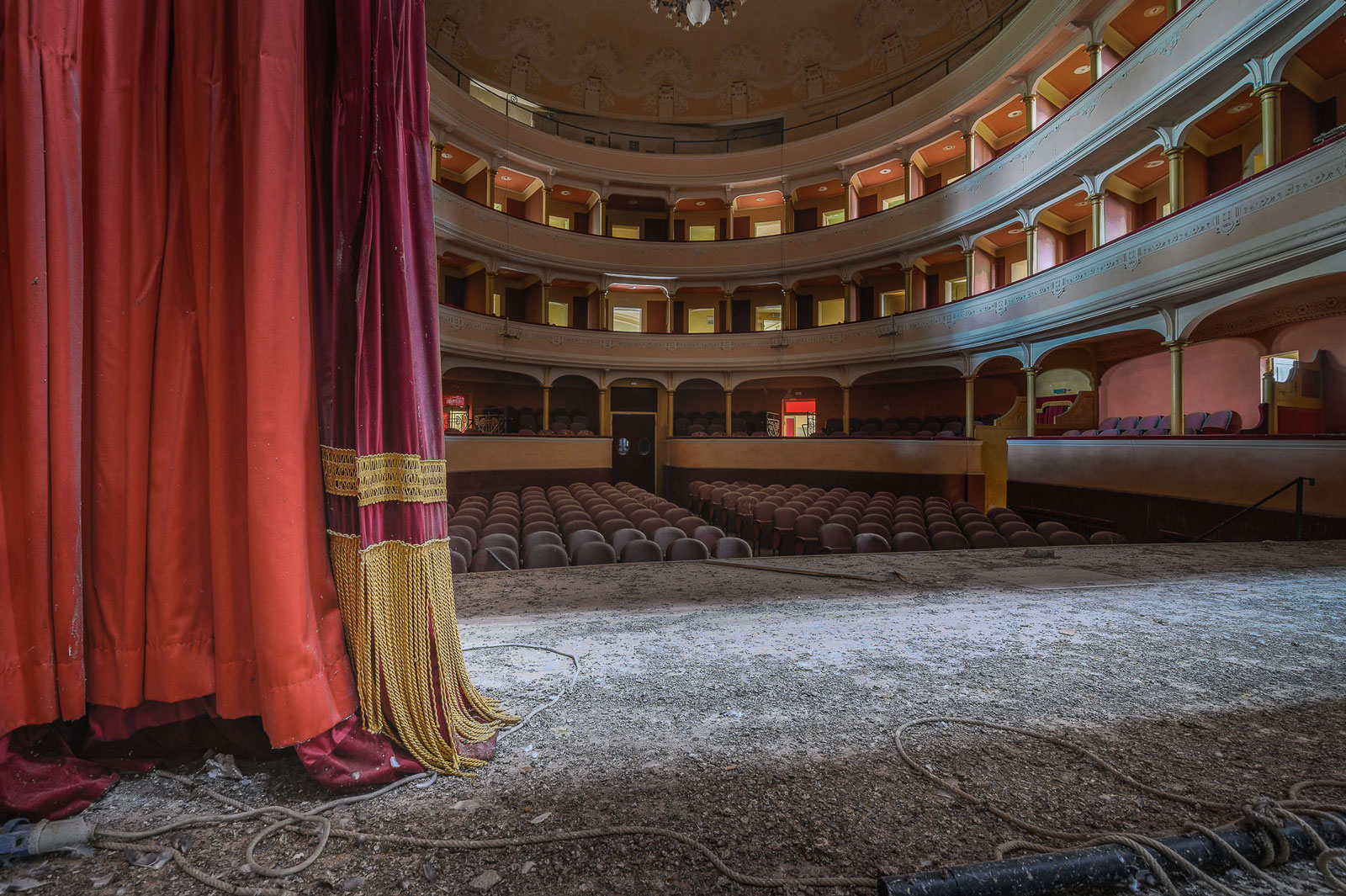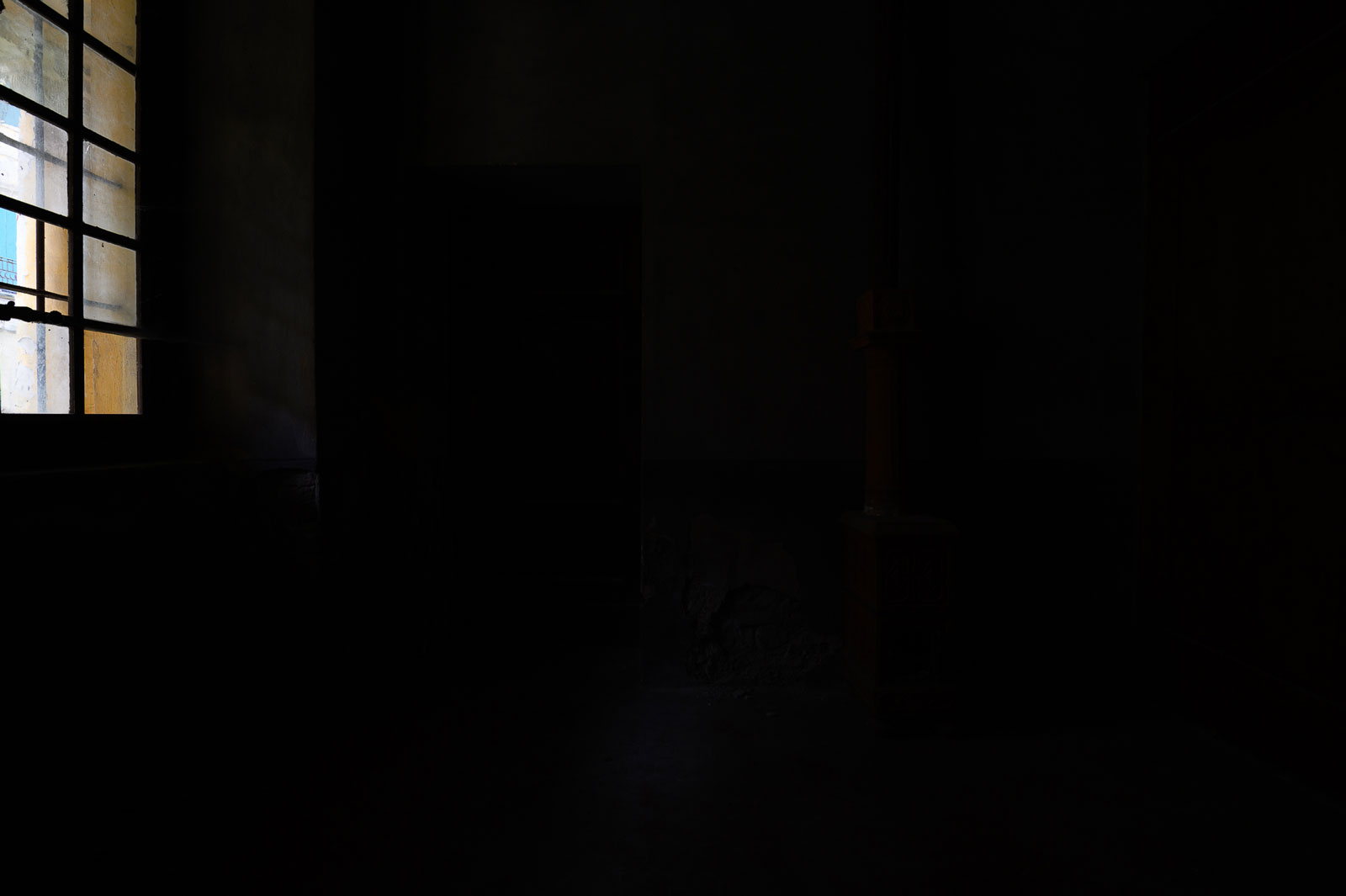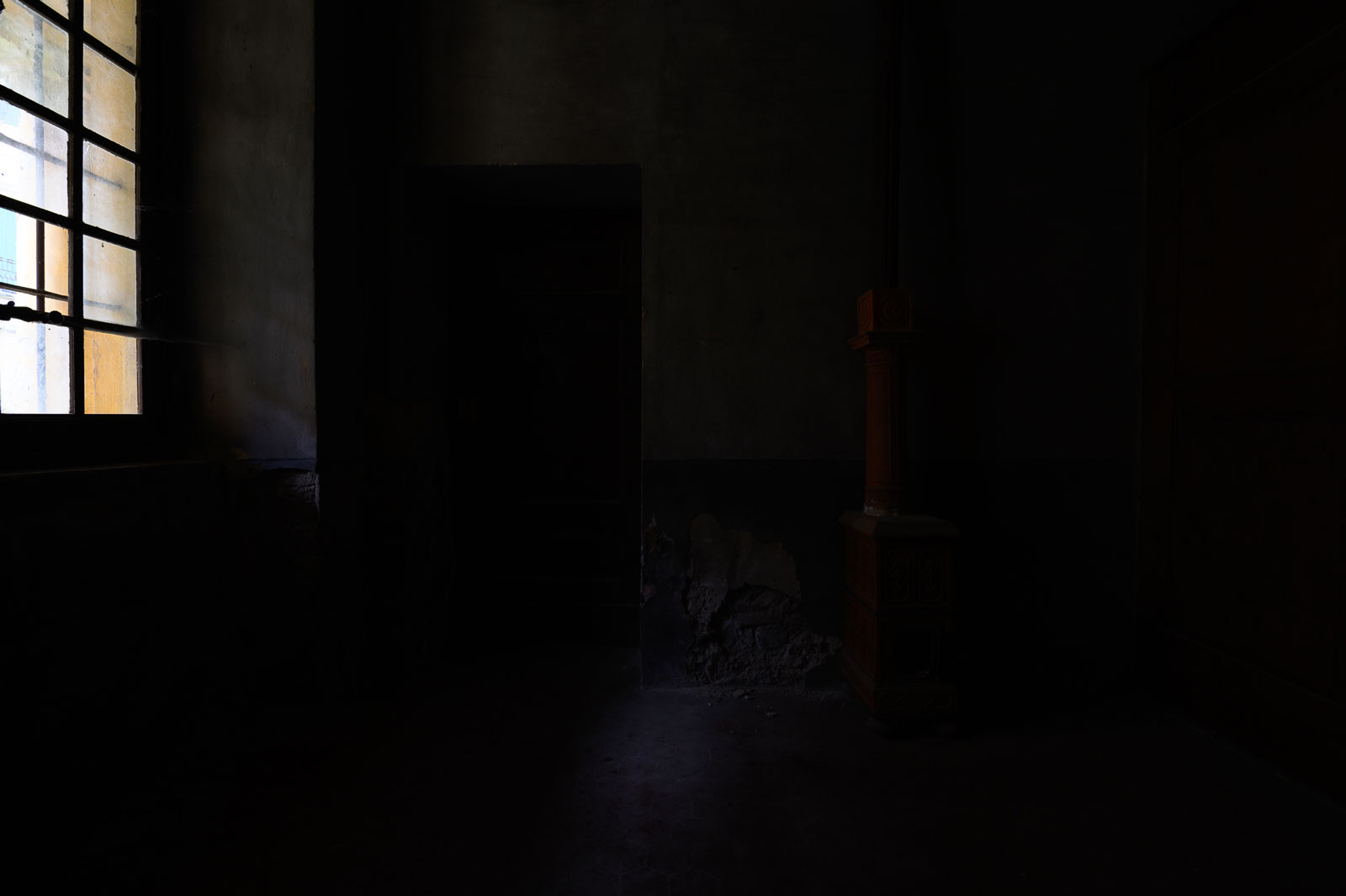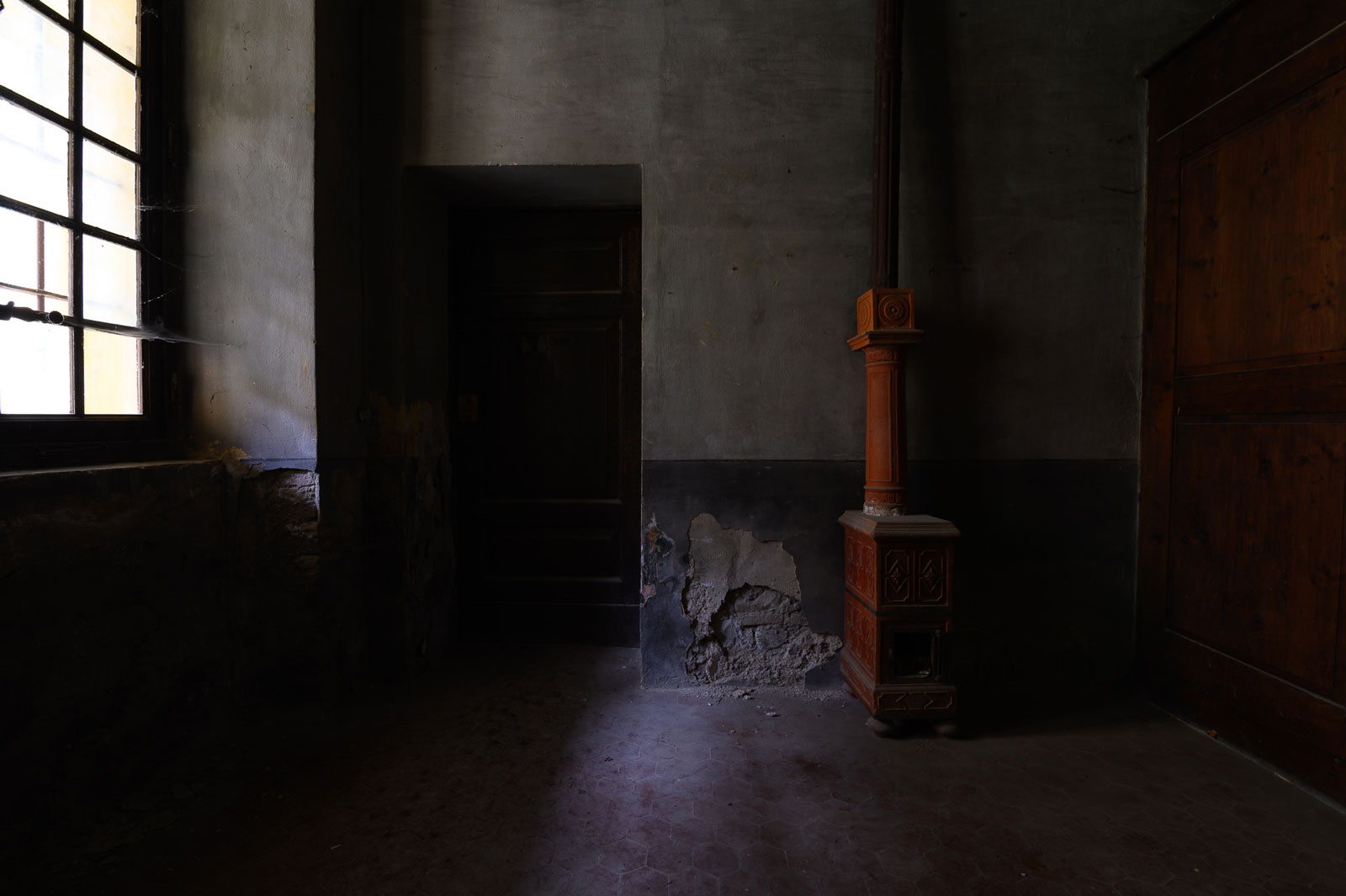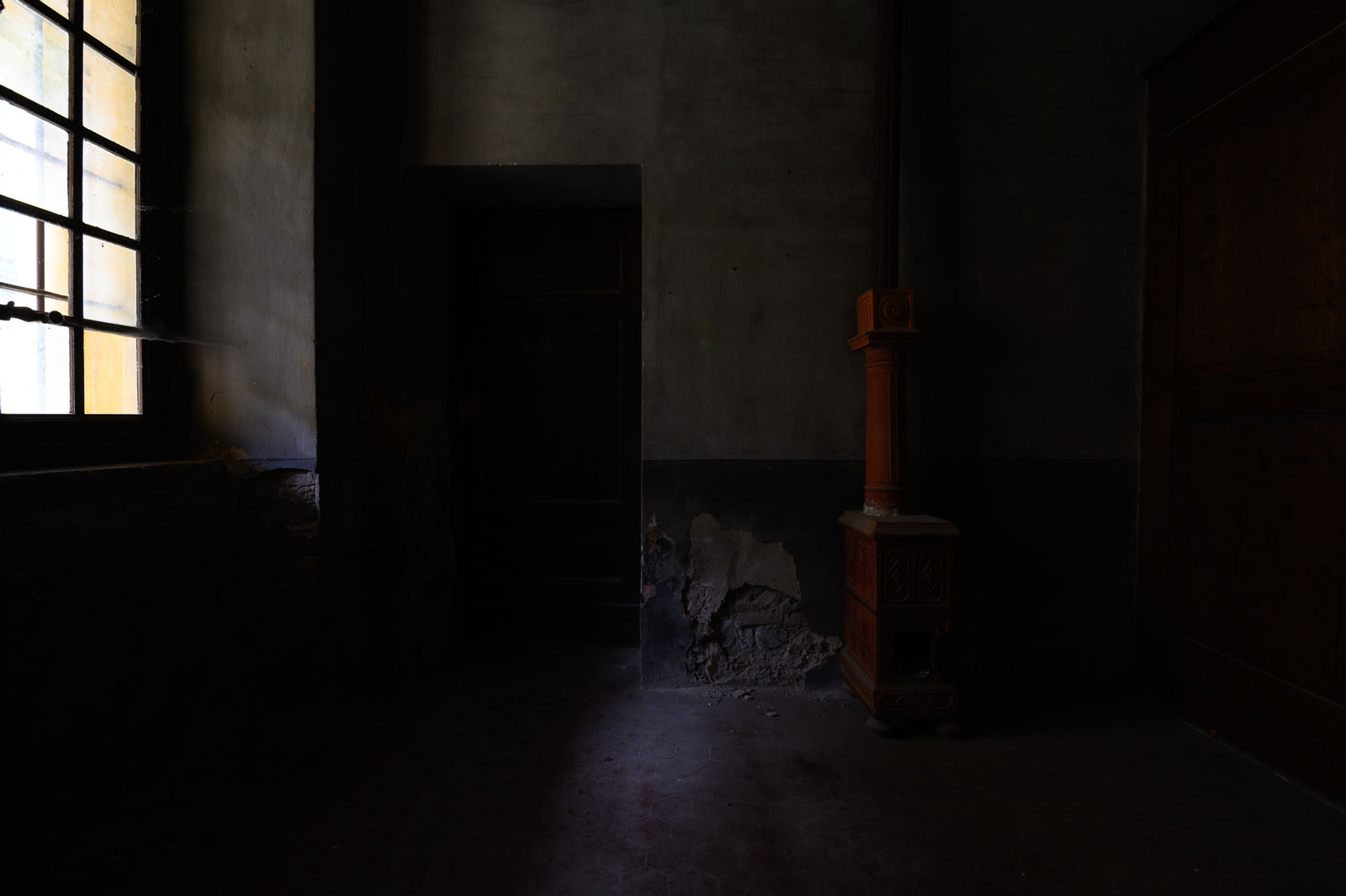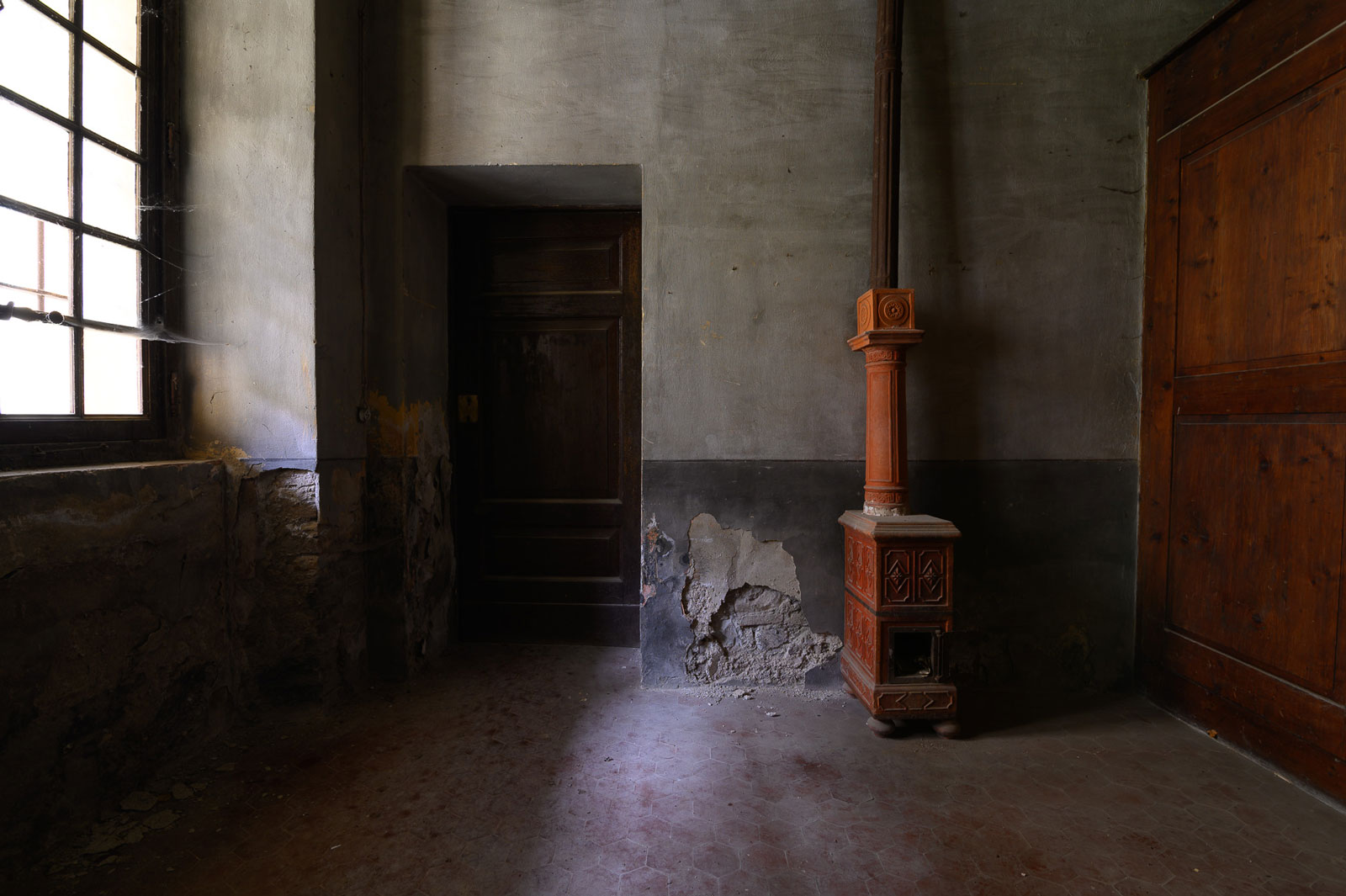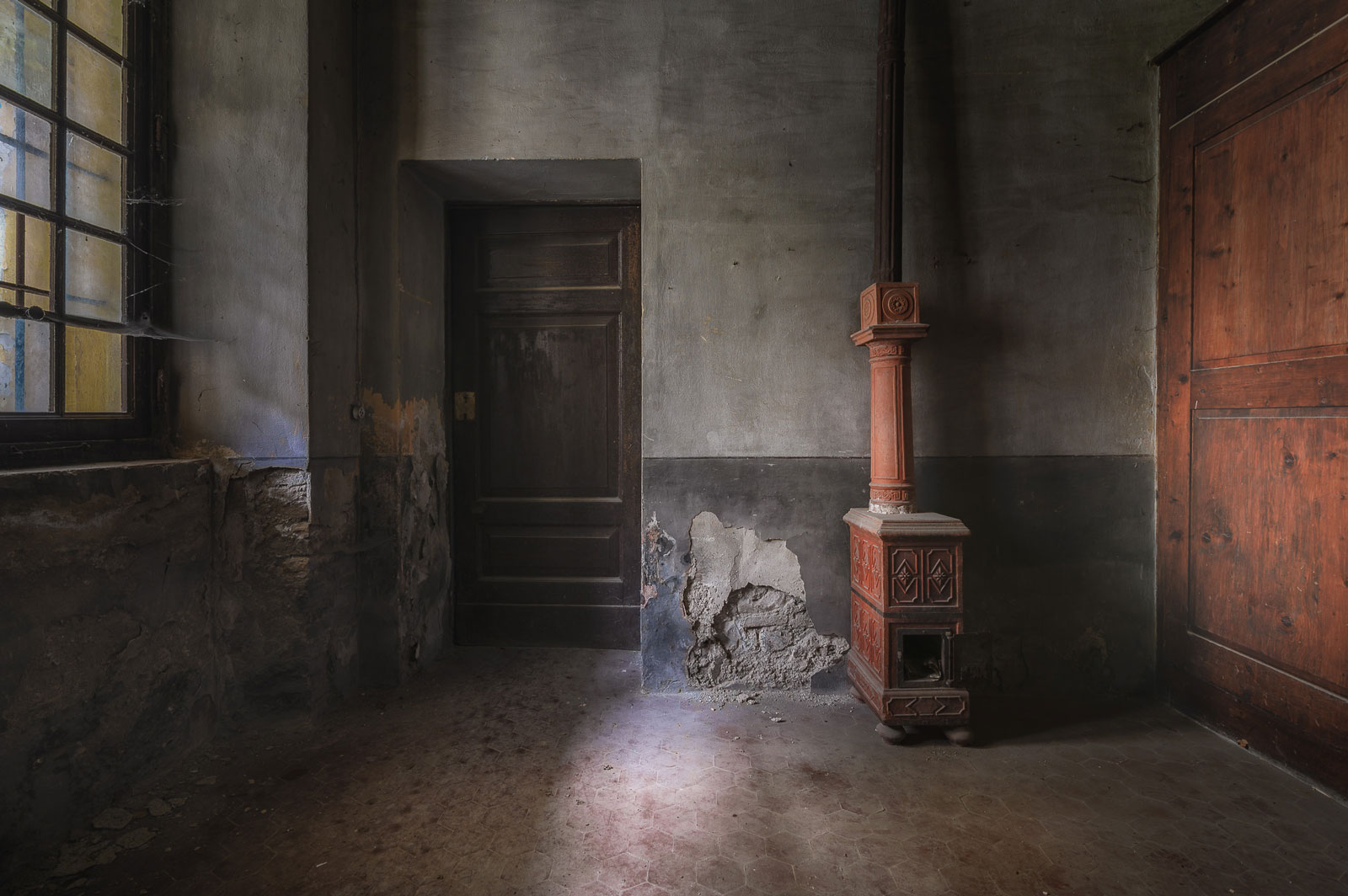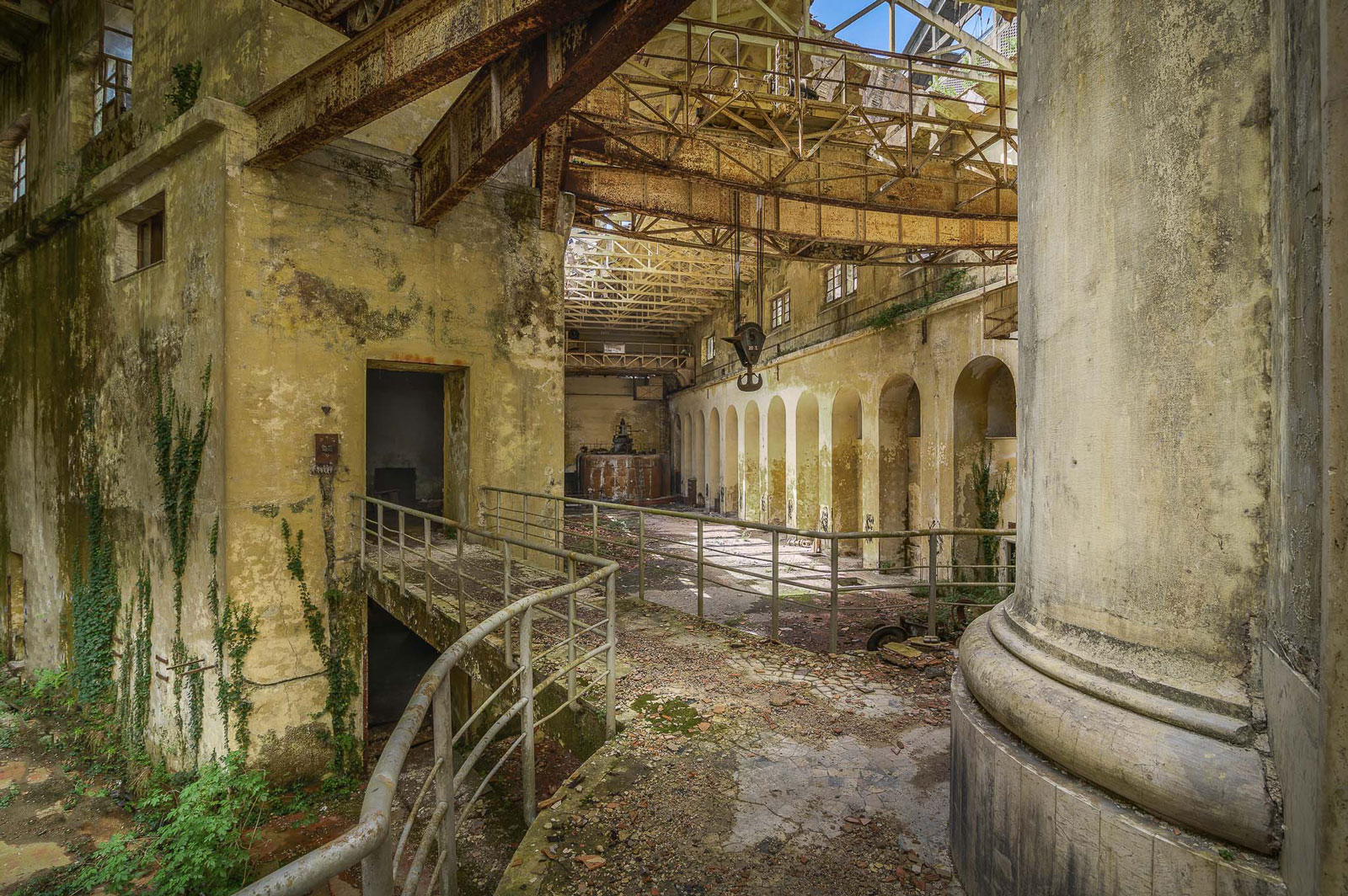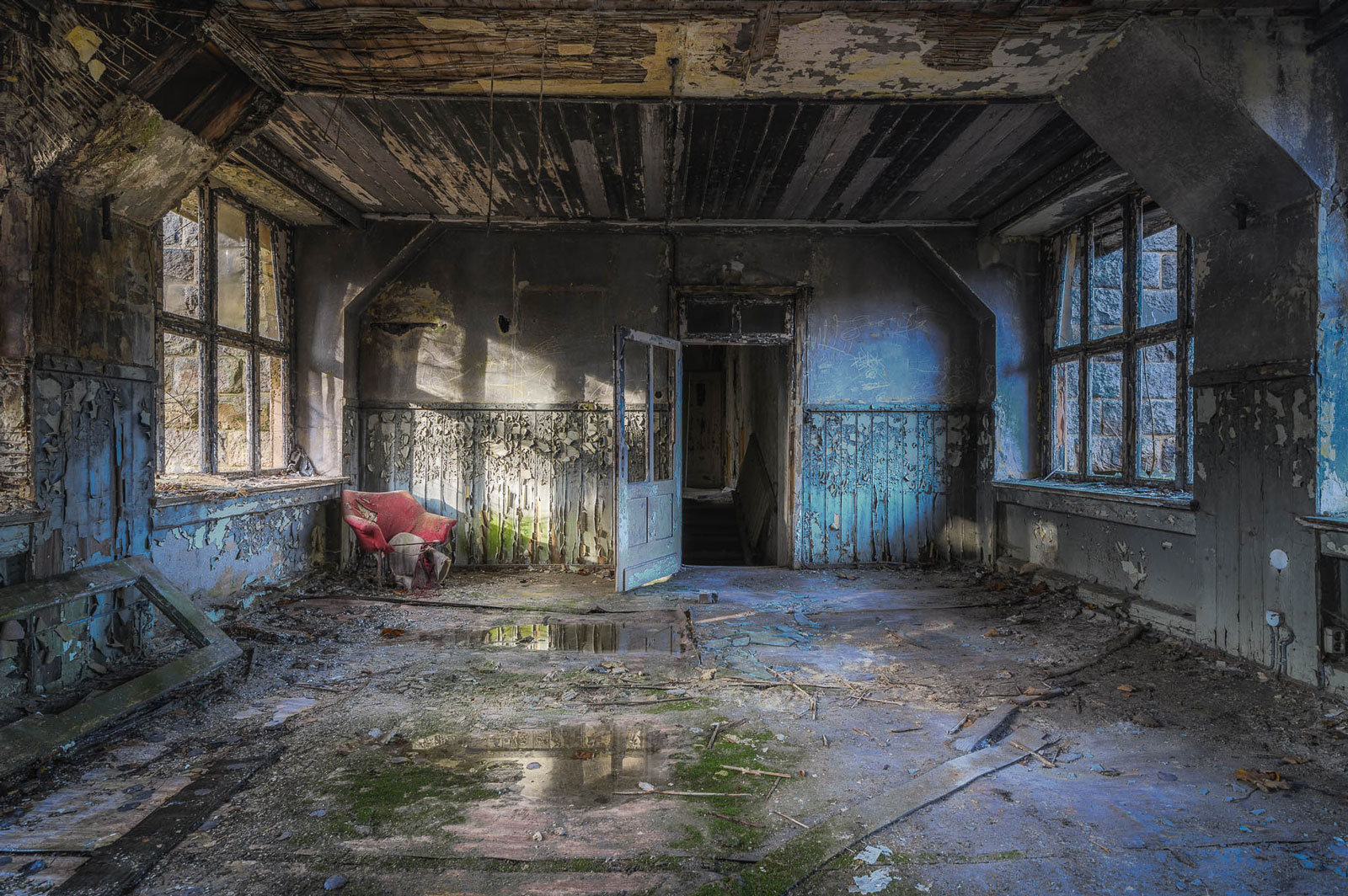Urban Exploring (Urbex)
7 years ago, I was introduced to Urban Exploring, and the photography of it. Since then, this form of photography has brought me too many beautiful abandoned places.
But what is Urban Exploring? Wikipedia will tell you it is "visiting, photographing and documenting infrastructure made by man, usually abandoned buildings or non-publicly accessible locations". In addition, the motto of a true urbex photographer is always "Leave only footsteps, take only pictures."
You visit a location and you leave it as you found it. Be sure to wear proper clothing and sturdy shoes. Most importantly, don't go out alone, you never know how bad the location is and should something happen, there is someone with you to offer or get help.
The biggest challenge is finding these places. Google will be your best friend for this, we have all scoured Google maps looking for something that looks abandoned and dilapidated. If you have pictures of a location, you can try looking for clues about a location. What is most helpful in my opinion, is building a reliable network of other photographers who have the same hobby as you so that you can share tips and locations with each other.
Now there are those who visit locations just to have been there, those who take quick pictures with a cell phone, and there are those who go out equipped with tripod, camera and lenses, like me. When I go out, I always take my wide-angle lens (Tokina AT-X 16-28 F2.8 PRO FX (16-28mm f/2.8)) with me. This one is especially good in tight spaces. And since you usually have low light there, the f/2.8, which is a nice bright lens, is handy to have with you as well.
And then we are ready for the next challenge, taking the perfect shot. You use HDR photos when you have low light and still want to get everything right. HDR stands for High Dynamic Range, this ensures that every part of your picture is well exposed and better represents what you see there. It also means that once you are ready to develop your photos, you have more options.
I always have an important criteria for myself, when I am developing the photo I should be able to see what is happening outside my window, while also still being able to see what is happening in the room itself. For this I usually take between 5 to 9 photos with different exposures. On the darkest I see only the lightest parts, which is usually what I see through the window outside. On the lightest photo, I see everything in my room and outside is a white patch.
With Photoshop, I merge these photos into 1 photo. And by using radial filters, I can make certain spots light up a little more and I can create the atmosphere I want. in doing so, I get to create an image as close to reality as possible.
The history of these places has always been something that fascinates me so when I post the pictures on my Facebook page, I try to find some history of the location. What did this factory produce, why did they close? Who lived in this cottage and why has it been empty for years now and so on.
Lastly, I feel the need to point out that in most cases entering these places is not allowed. You enter a factory, cottage or castle without the permission of the owner. The fact that this person has not looked after it for years does not matter, it is still their property and you are trespassing in the eyes of the law. There is always a chance that they will suddenly be in front of you or that the neighbors have called the police. A tip, should it happen to you, stay calm and be friendly, explain what you have come to do. Sometimes you may have to delete your photos, but sometimes you may also leave with a hefty reprimand.
That's the risk of this hobby. But it hasn't made me decide to quit yet.
